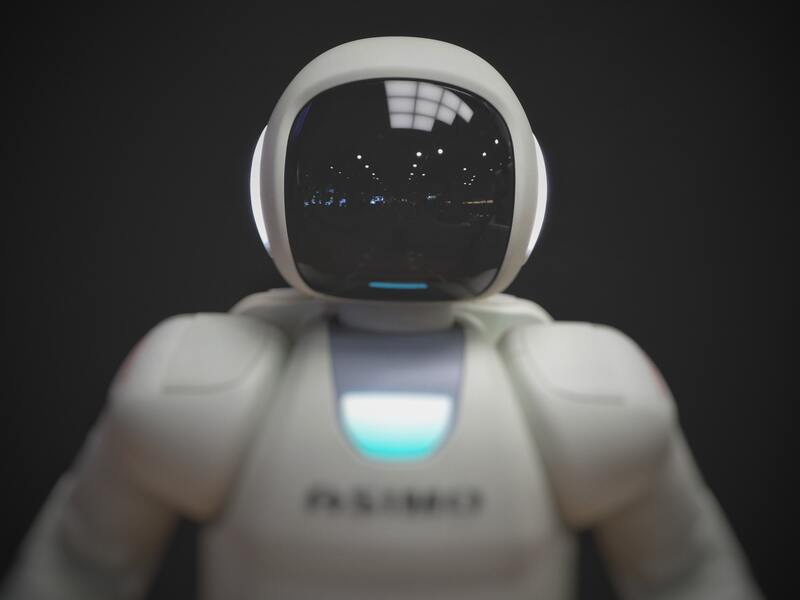Thanks to artificial intelligence, American researchers have turned headphones into a medical diagnostic tool. By analyzing the resonance of a sound signal, they were able to detect earwax plugs, ruptured eardrums and ear infections.
It has made great advances in artificial intelligence (AI). Thanks to neural networks, algorithms can be trained for many tasks such as face recognition, machine translation, and even the diagnosis of certain diseases. Researchers at the State University of New York have developed an artificial intelligence that can control the health of the ears.
The system was named EarHealth (health of the ears) and works with in-ear headphones connected to a smartphone equipped with a deep learning platform. Headphones emit sound at certain frequencies.
Artificial intelligence uses the built-in microphone to measure how this audio signal resonates in the ear canals, thus creating a unique geometric profile of the user’s inner ear.
High success rates were achieved in the experiments
The system will then regularly emit frequencies, for example, once a day, to verify that this profile has not changed. It can detect three conditions that alter the geometry of the ear canals: earwax plugs, ruptured eardrums, and ear infections.
The researchers tested their system on 92 volunteers, consisting of 27 people with no ear problems, 22 people with a ruptured eardrum, 25 people with ear infections, and finally 18 people with earwax. AI was able to accurately identify conditions in 82.6% of cases.




